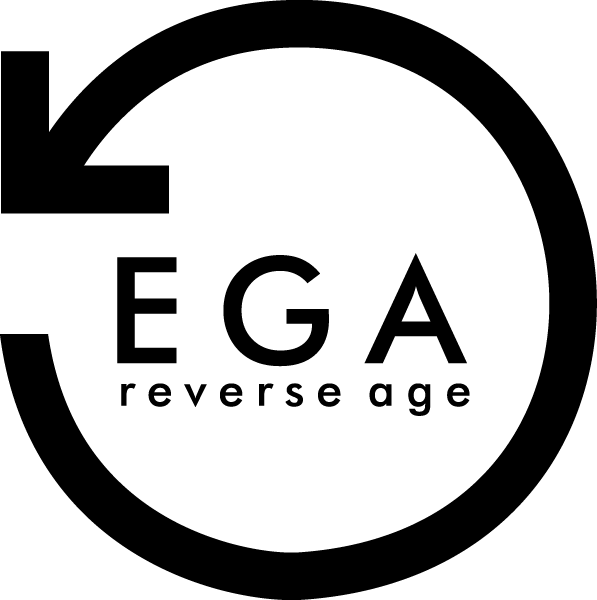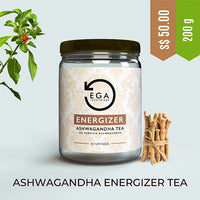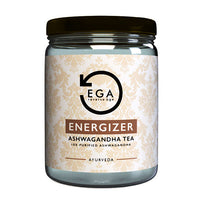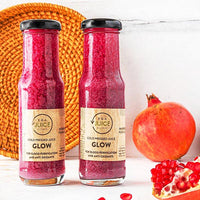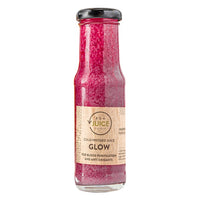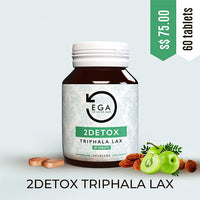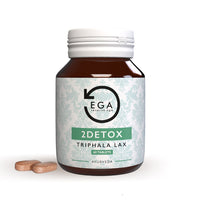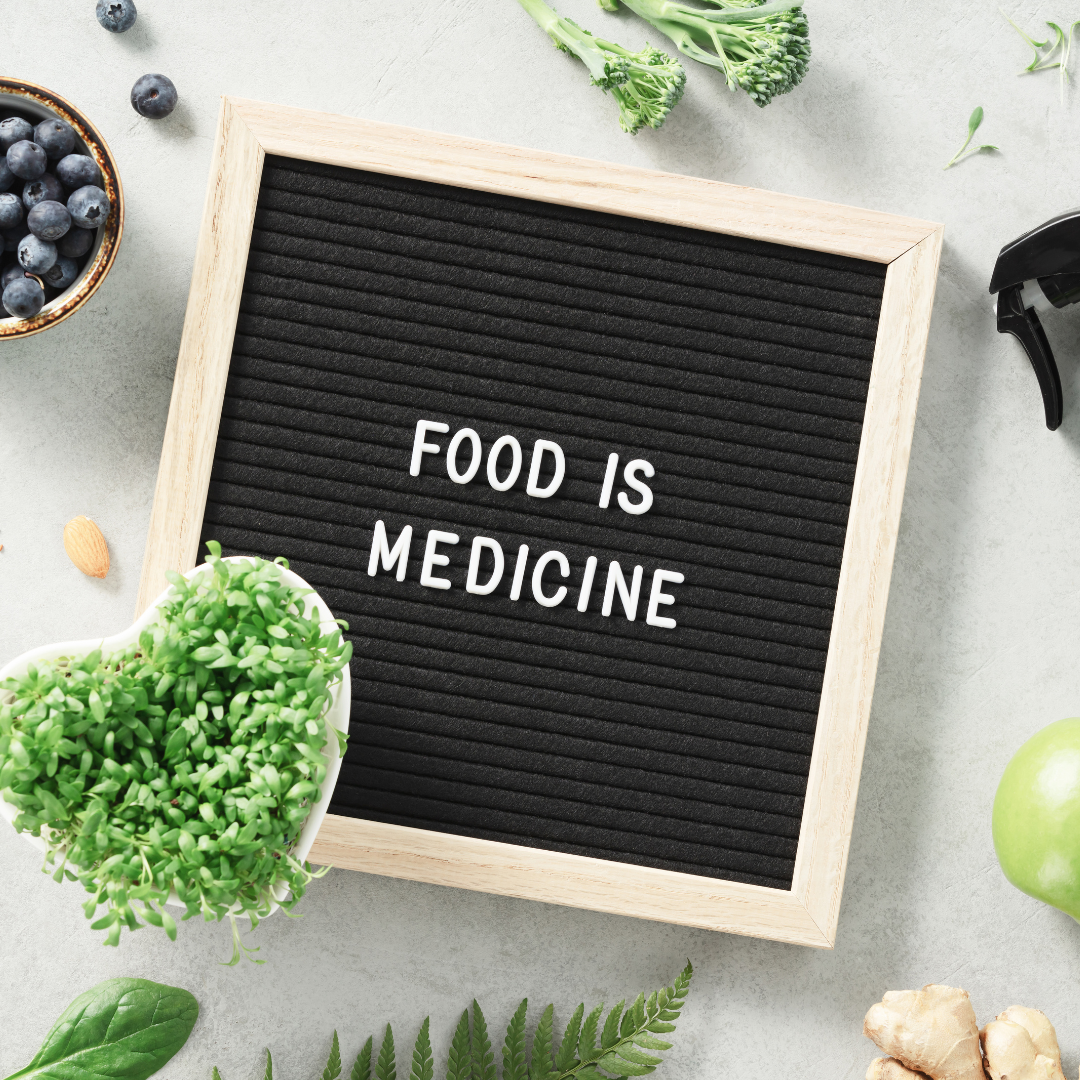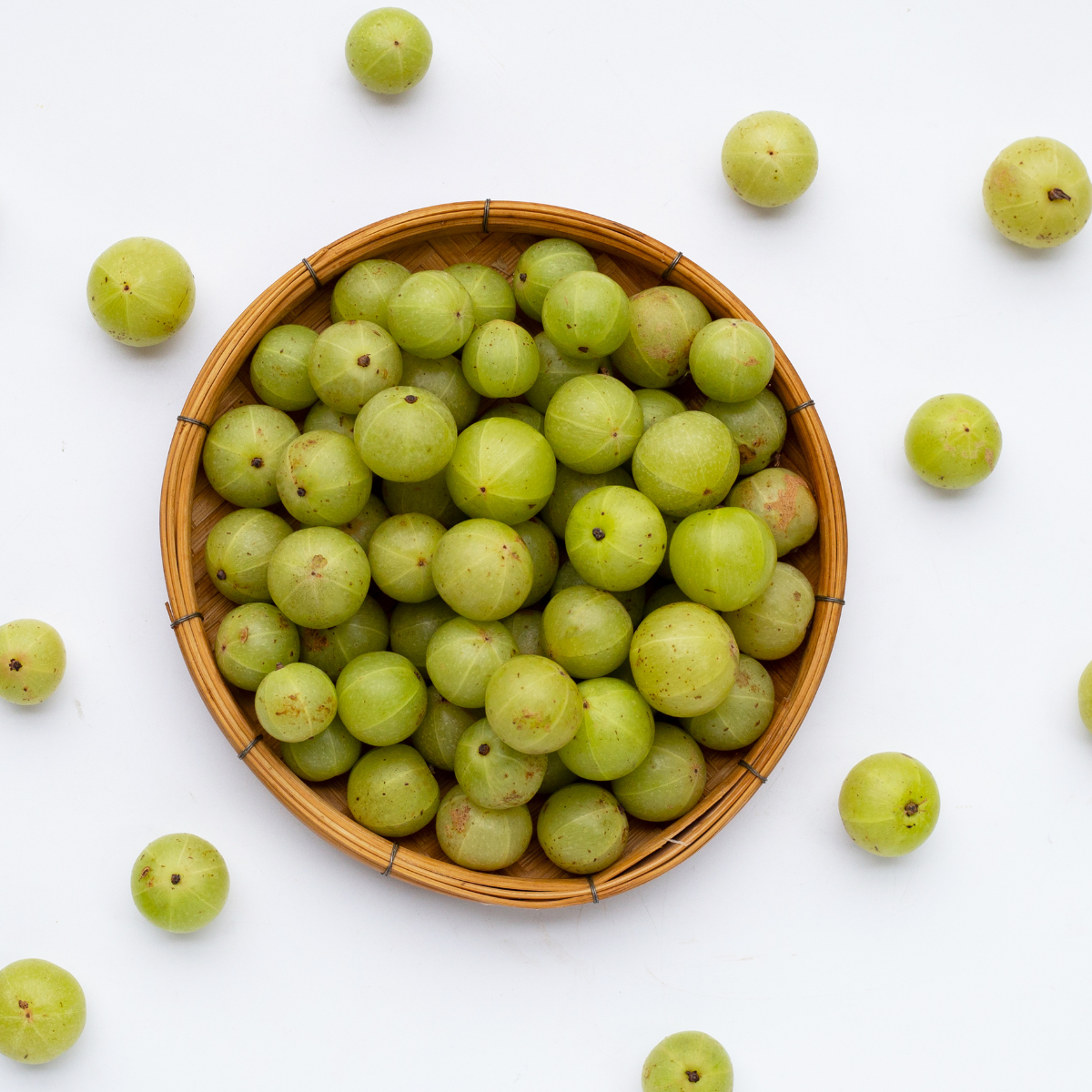When people ask me if I have any pets, I like to tell them that I have about 60,000 of them. And it’s true…I have one dog (a Hungarian Vizsla named Raya) and about 59,999 bees who live in a hive I built in my backyard. (Only my queen bee has a name…she’s Sophia. The other tens of thousands are nameless workers and drones.) As a backyard beekeeper, a naturopathic doctor, and the author of a book on the subject…I am a big fan of honey, or “liquid gold,” as I like to call it. But, as you are about to learn in this article by my UpWellness team…not all honey is created equal. There’s a lot of “fool’s gold” out there too. Buyer beware.
-Dr. Josh
You may have heard a lot about the health benefits of honey and even purchased some honey for yourself. It is true; honey is a nutritional and therapeutic powerhouse. But, what you might not know is that all honey is not created equal. There is, in fact, one type of honey that is superior to all honey. The honey that gets the gold star is…Raw honey! What exactly is the difference between raw honey and other honey? Let’s take a look at this somewhat sticky subject!
Watch: Over 60? The Shocking Link Between Sex and Cancer
What is raw honey?
Raw honey is honey is honey that is found in a beehive, in its pure and natural state. Honey is extracted from honeycombs and poured over a mesh or nylon cloth. This separates the honey from impurities, including beeswax and dead bees. After straining, the honey is bottled and ready to enjoy. There is no additional filtering or processing.What is “regular” honey?
Regular honey can be defined as processed honey that involves many more steps before bottling, including pasteurization and filtration. When raw honey is pasteurized, the yeast in the honey is destroyed using high heat. The result is a longer shelf life and smoother honey. Filtration is a process that removes debris and air bubbles so that the honey will stay a clear liquid for longer. A manufacturing move that makes honey more visually attractive to consumers. There is another step that some commercial honey will go through known as ultrafiltration. This is a further refining process that makes honey more transparent. However, it can also remove some of the beneficial nutrients, including pollen, antioxidants, and enzymes. Additionally, some processors thin out honey by adding sweeteners to reduce their cost.
What about organic honey?
It is important to know that organic honey is not necessarily raw, and there are different regulations in different countries. Honey that is classified as raw can not be pasteurized or processed. To be classified as organic, honey must come from a farm that complies with the organic livestock standards set by the United States Department of Agriculture (USDA). Bees, flowers, and honey are not permitted to come in contact with pesticides, chemicals. However, there is not a regulation that says organic honey can’t be processed or pasteurized.
Why raw honey is a great choice
Here are some more great reasons to choose raw honey over processed honey
Raw honey contains nutrients and antioxidants
Raw honey is loaded with nutrients including 22 amino acids, 31 minerals, vitamins, and enzymes.- Honey straight from the hive is oozing with bioactive plant compounds known as polyphenols. These compounds behave like antioxidants in the body. Research shows the powerful positive impact that antioxidants can have on health. These include reduced inflammation and a decreased risk of heart disease and some types of cancer. Processed honey is lacking in these compounds and nutrients simply because it is so heavily processed. One study investigated the amount of antioxidants in raw and processed honey found at a local market. They discovered that raw honey contained more than four times the antioxidants of processed honey.
Most “regular” honey does not contain beneficial pollen
When bees fly from flower to flower, they collect nectar and pollen that they transport back to their hive. Here the pollen and nectar are packed into the honeycomb where they will become a source of food. Bees know what they are doing when they eat pollen, as it contains over 250 substances, including vitamins, essential fatty acids, micronutrients, antioxidants, and amino acids. Bee pollen is so powerful that the German Federal Ministry of Health considers it a medicine.
Research links bee pollen to several impressive health benefits, including a reduction in inflammation and liver protection. Bee pollen may also play a role in a decreased risk of heart disease and stroke.Again, processing honey seriously compromises the bee pollen, and commercial honey is often void of this valuable substance. In fact, one study that analyzed 60 samples of commercial honey found that 75% had no pollen in it.
Most commercial honey is loaded with added sweeteners
There is quite a demand for honey in the United States. In fact, over 400 million pounds of the stuff is consumed each year. Because of this, over 70% of all honey consumed in America is imported. This honey is often contaminated with sugar and other unhealthy sweeteners like high fructose corn syrup.
The naturally sweet truth
If at all possible, always source local raw honey. The researched health benefits of raw honey are many as this sweet gift from the bees is packed with antioxidants and other therapeutic antimicrobial and antibacterial properties. Processing kills many beneficial properties in honey and reduces it to nothing short of a sticky, nutritionally void substance. Find a local raw honey source and stick to this natural, unadulterated golden goodness!
